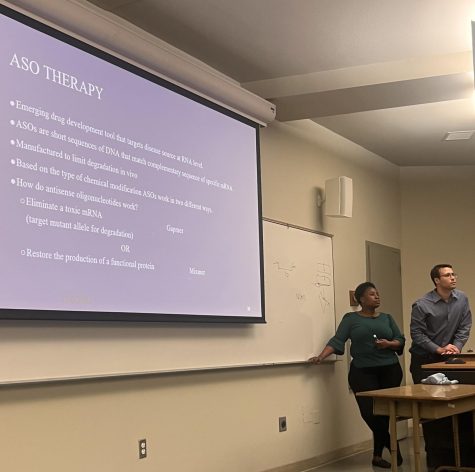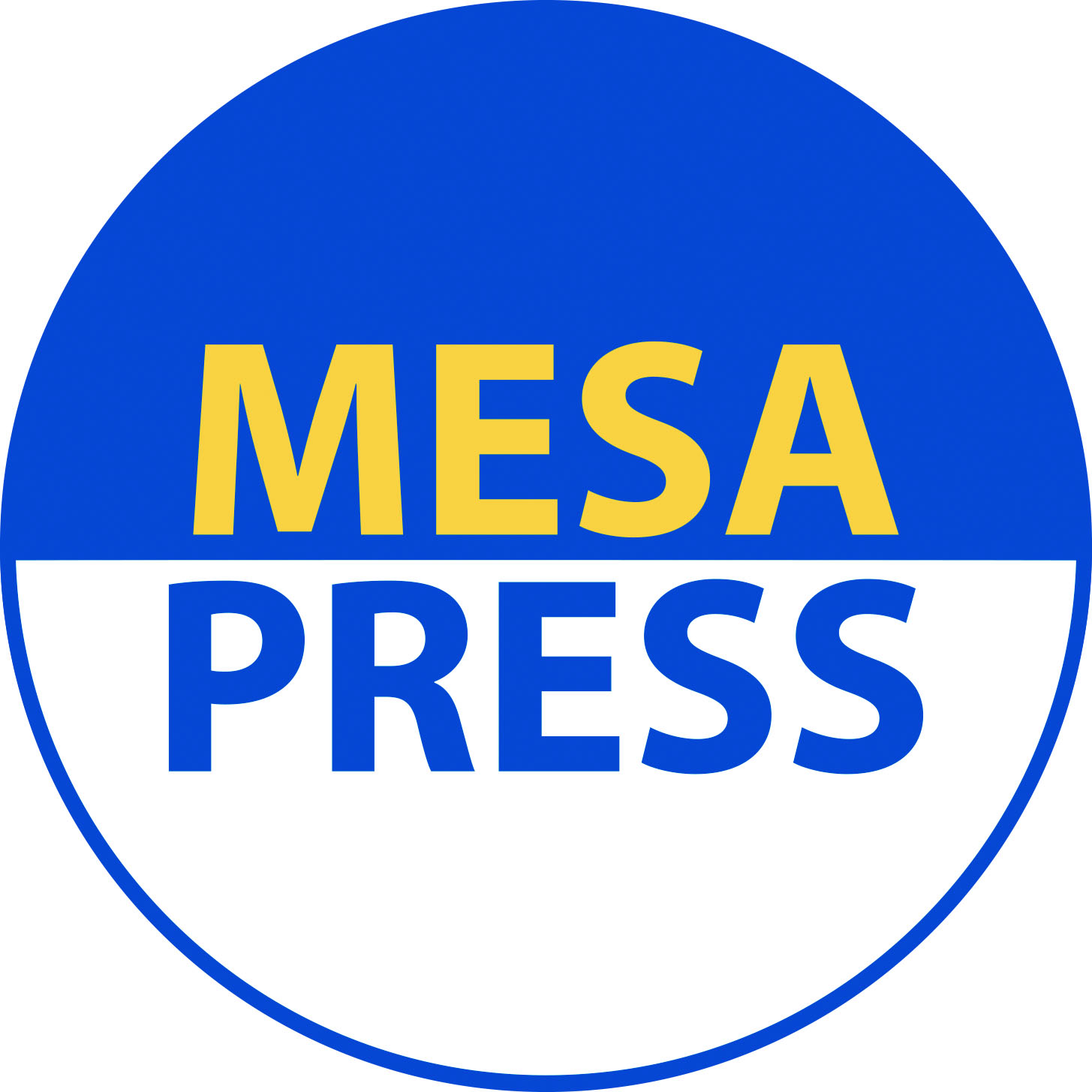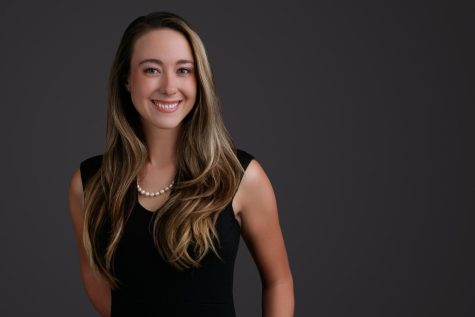Editor’s Note: The original version of this story stated: “There are over 10,000 advertised clinical trials for stem cell treatments. Only 1,000 trials are in phase 3 of approval, which can take years, and is not the final phase in the process.
Currently, only 27 clinical trials for stem cell treatments are FDA-approved. Here is a list of these approved trials, which you can access here. Both Molnár and Owusu-Hammond stressed the urgency of double-checking the list before signing up with one of these 10,000 treatment scams.”
Márton Molnár further clarified this information & here is the correction:
There are 10,000 clinical trials for stem cell therapies in the process of FDA approval for use by the public. Out of those, only 1,000 clinical trials have reached phase 3, which is the final phase before they will be evaluated for FDA approval. This final phase can take 1-4 years. These 10,000 clinical trials are not scams, and are not advertised to the public. Participants in these trials must meet stringent health criteria that make these trials inaccessible to most people.
Currently, there are only 27 available stem cell therapies that have received final FDA approval, and you can find them listed here. Molnár and Owusu-Hammond warned the public to check this list of approved gene therapies on the FDA website, before agreeing to undergo any treatment claiming to be “stem cell therapy”.
Researchers Charlotte Owusu-Hammond and Márton Molnár took a break from their research at UCSD to come share some information with San Diego Mesa College about the exciting advancements that are taking place in the medical field, thanks to the study of stem cells. The lecture was held in Room G-101 on Thursday, Feb. 9, and is the first in a series of STEM lectures that will be held on campus this semester.
With a B.S. in Biochemistry and an MSc in Biotechnology, Owusu-Hammond is a Fellow of the CIRM Bridges program at UCSD, in the laboratory of Dr. Joseph G. Gleeson, M.D. Owusu-Hammond’s research is focused on pediatric brain disease, and more specifically, the way that stem cells can be used to treat, and potentially reverse, autism in children. Her portion of the lecture detailed the work her lab is doing with ASO therapy, which Owusu-Hammond explained is an emerging drug development tool that targets a disease source at the mRNA level.
Molnár received an undergraduate degree in Environmental Science, an MSc and MBA in Biotechnology, and is a researcher in the CIRM program at UCSD under the supervision of Dr. Miles F. Wilkinson, Ph.D. Molnár covered the definition of a stem cell, a timeline of major moments in stem cell research, and his lab work, which involves investigating the use of stem cells to treat cystic fibrosis.
The lecture was attended by more than 20 students, staff, and members of the community. Both speakers kept the audience engaged with interesting questions, pieces of trivia, and humor. Stem cells have been a controversial issue, due primarily to the use of embryonic stem cells. Before we dig in any deeper, let’s define, as Molnár did: what is a stem cell?
As explained by Molnár, “Stem cells are unspecialized cells that have not yet decided what type of adult cell they will be.”
From a stem cell, you can create other cells. In fact, all other cells with specialized purposes have stemmed from stem cells. So what does that mean? Stem cells can make it possible to grow a functioning human organ in a lab, and by manipulating certain proteins in stem cells, scientists can develop patient-specific treatments for diseases that have a genetic base, like autism and cystic fibrosis.
That sounds really good, right?
Unfortunately, because the stem cells had to come from human embryos, there were ethical issues to consider. The scientific community, politicians, and the public have not been able to agree on whether it is ok to pull cells from a placenta, an aborted fetus, or discarded IVF embryos. The debate rages on, and though it is far from settled, stem cell research is protected by Executive Order 13505, issued by former President Barack Obama in 2009.
In addition to being a cause for heated debate, stem cell research was also constrained by the necessity of using embryonic stem cells, because these were the only known pluripotent cells, meaning that they can form any cell in the body.
In 2006, a scientist named Shinya Yamanaka discovered that there are four specific proteins that make a stem cell pluripotent. With this revelation, it became possible to utilize these four “Yamanaka factors” to turn a non-embryonic cell into a pluripotent stem cell that is able to generate any other cell in the body. For this crucial discovery, Yamanaka won the Nobel Prize in Medicine in 2012.
The impacts of these developments are far-reaching and important. Stem cell research is paving the road for a world where we can avoid testing pharmaceuticals on animals or people because we can see how our cells would react to the medicines by testing directly on the cells themselves. Currently, drug testing is the primary application of stem cell research, with lab-grown organs – like a kidney or a lung, on the horizon for the next few decades.
For students that may be interested in pursuing a career in stem cell research, Molnár and Owusu-Hammond both recommended choosing a field of study like Biology, Chemistry, Neuroscience, or Biotechnology for your undergraduate degree.
Stem cells are very powerful. Because they have become a part of the political discussion, the phrase “stem cells” gets thrown around a lot, yet many people don’t understand what they are, where they come from, or how they are being used to advance medicine. Instead, the phrase is used in advertisements for special “clinical trials” that claim they will help us grow our hair back, lose weight, or look younger.
According to Molnár, the most important thing for the everyday person to know about stem cells is: Do not get caught in a stem cell scam.
There are 10,000 clinical trials for stem cell therapies in the process of FDA approval for use by the public. Out of those, only 1,000 clinical trials have reached phase 3, which is the final phase before they will be evaluated for FDA approval. This final phase can take 1-4 years. These 10,000 clinical trials are not scams, and are not advertised to the public. Participants in these trials must meet stringent health criteria that make these trials inaccessible to most people.
Currently, there are only 27 available stem cell therapies that have received final FDA approval, and you can find them listed here. Molnár and Owusu-Hammond warned the public to check this list of approved gene therapies on the FDA website, before agreeing to undergo any treatment claiming to be “stem cell therapy”.


